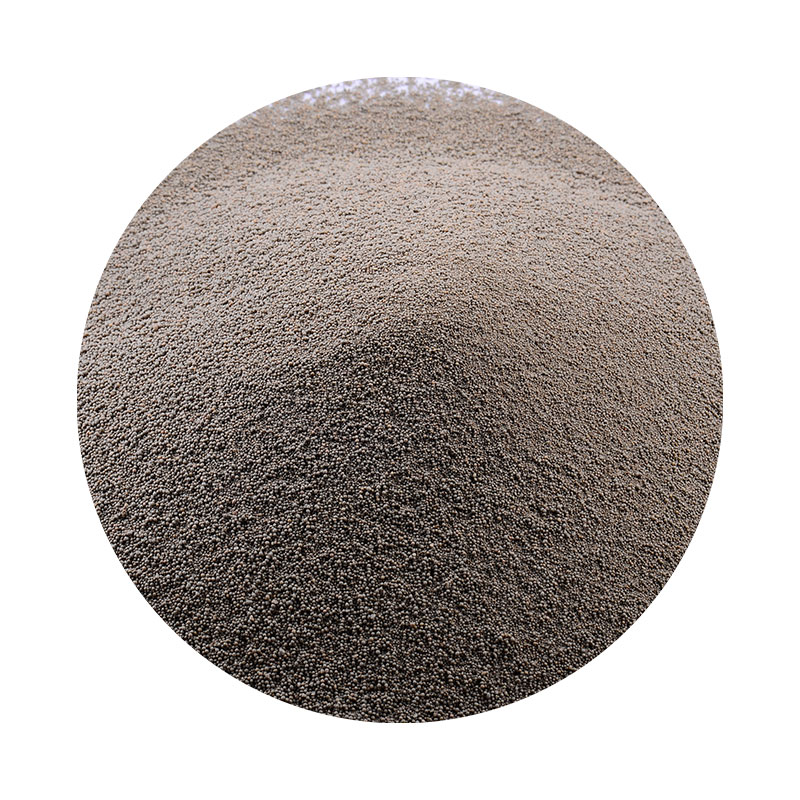Sanding 3D Printed Objects Techniques, Benefits, and Tips
3D printing has revolutionized the way we create and design objects. However, while 3D printers can produce highly detailed and intricate designs, the final product often requires additional finishing processes to achieve a smooth and polished look. One of the most effective methods for enhancing the appearance of 3D printed objects is sanding. This article explores the various techniques, benefits, and tips for sanding 3D printed items.
Understanding the Need for Sanding
3D printed objects, especially those created using fused deposition modeling (FDM), often exhibit visible layer lines and surface imperfections. These features are a byproduct of the additive manufacturing process, where objects are built layer by layer. While some applications may embrace this aesthetic, many users and manufacturers desire a more refined appearance, especially for items meant for display, prototyping, or final production. Sanding helps to create a smoother surface, enhancing both the visual appeal and tactile quality of the object.
Sanding Techniques
1. Choosing the Right Grit Selecting the appropriate sandpaper is crucial in achieving the desired finish. Start with a coarser grit (such as 120-220) to remove larger imperfections. As you progress, move to finer grits (such as 400-600) to refine the surface further. For a mirror-like finish, ultra-fine grits (up to 2000) may be used.
2. Hand Sanding vs. Power Sanding Hand sanding allows for greater control, especially on intricate designs. Using a sanding sponge or a piece of wood as a backing can help maintain even pressure. Power sanders, on the other hand, can speed up the process but require careful handling to avoid removing too much material or creating new defects.
3. Wet Sanding This technique involves using water or a lubricating agent while sanding, which can help reduce dust and prevent clogging of the sandpaper. Wet sanding is particularly effective for plastics, as it produces less heat and lowers the risk of damaging the surface.
4. Sanding After Printing It's advisable to sand after the object is fully cooled and solidified. This ensures a more stable surface and prevents warping or distortion during the sanding process.
Benefits of Sanding
sanding 3d printed objects

Sanding not only improves the aesthetics of 3D printed objects but also enhances their functionality
. Here are some key benefits- Improved Aesthetics A smooth surface enhances the appearance, making the object more visually appealing for display purposes.
- Enhanced Fit For assembled parts, sanding can improve the fit and function, ensuring that pieces mate better together and operate as intended.
- Increased Adhesion Sanded surfaces can help with paint or adhesive bonding, providing a more secure attachment or a better paint finish.
Tips for Effective Sanding
1. Use Light Pressure Applying too much pressure can lead to uneven surfaces and may remove too much material. Use light, even strokes to gradually smooth the surface.
2. Clean the Surface Dust and debris can interfere with sanding, so make sure to clean the object before starting. This will also help avoid scratches that could become embedded in the surface.
3. Take Your Time Rushing through the process can lead to mistakes. Allow yourself enough time to sand thoroughly and check your progress periodically.
4. Test on Scraps If you have leftover material from your printing process, practice sanding on these scraps before working on your final piece. This will help you develop a feel for the material and gain confidence.
In conclusion, sanding is an essential finishing process for 3D printed objects that can significantly enhance their appearance and functionality. By employing the right techniques and tools, anyone can achieve a professional-looking finish that showcases the potential of their 3D printed creations. Whether for hobbyist projects or professional applications, mastering the art of sanding can elevate the quality of 3D printed artifacts.
Post time:10 月 . 11, 2024 22:11
Next:Common Products Created Through Sand Casting Techniques in Various Industries
